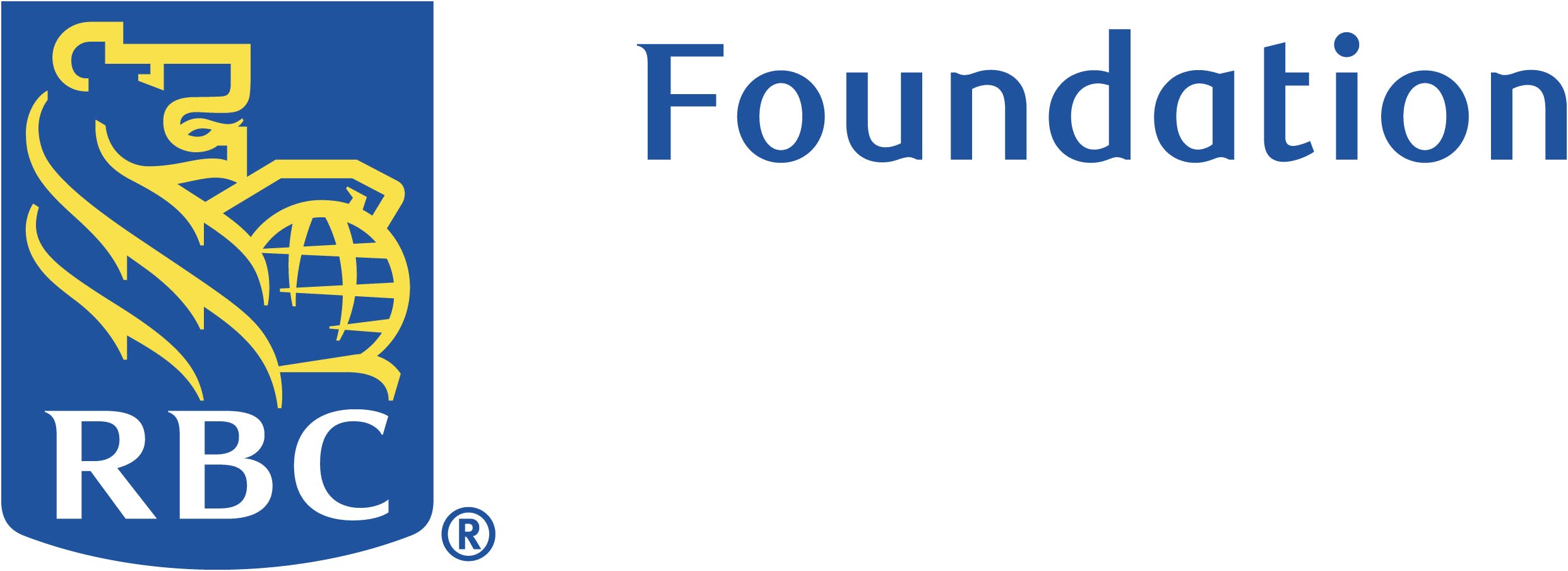"A lot of my work talks about recontextualizing textures and marks left on urban spaces and the individual narratives that they have. Each of those marks tells the story of a person who inhabits a location - someone leaving their gum on the wall, someone's bike tire sliding against the door, a person applying graffiti, a person removing graffiti - whether subconsciously or consciously, all of them have a personal and a political quality to them. I want people to see those marks in a formal setting to have a conversation about the individual lives of the people who leave them, and also talking about how many people inhabit the spaces we live in, as well as forcing people to consider why those marks are there in the first place."
Maier’s practice is focused on capturing and formalizing urban wall markings in the gallery to stress the importance they hold in a contemporary and historical context. The influence of graffiti within Maier’s work is crucial to understand their aesthetic choices and practice as a whole. Their work juxtaposes the unintentionally disruptive marks made from graffiti cleaners and everyday people with the distinctly loose yet aggressively intentional marks made by graffiti writers. Maier seeks to legitimize the importance of graffiti, viewing it as an inherently political act of property reclamation, and a deeply complex artform greatly differentiating it from other forms of vandalism.
Maier chooses to examine the relationship between intentional and unintentional mark making and the various contextual meanings associated with these differing mark styles. In their work, a “cleaned” graffiti tag who’s ghostly haze is still visible tells a story of discontent and self expression, and the failure of the system to silence it. On the other hand, neon construction markings beside an unfinished job highlight a lack of city resources, a squished piece of chewing gum is an old habit, and a name innocently scrawled on the wall is a proclamation of self. What these marks have in common aside from their visually intrusive nature is their association to an individual, their thoughts and feelings, and their physical presence within the world.
Maier’s loose and reductive style of painting references the calligraphic spontaneity of Informalism and the clinically segmented structure of Minimalism. The compositional elements and colour choices within their work are primarily inspired by graffiti pieces, particularly the regional styles of Berlin and San Francisco, as well as Abstract expressionist paintings, and Japanese woodblock prints. The gestural application of elliptical scratch marks in Maier’s oil paintings evoke feelings of continuity, alluding to the ephemerality of marks left on urban spaces. Maier’s work emphasizes the idea that the fading blemishes left in metropolitan areas are as ephemeral, and important as the collective lives and stories of the people who knowingly, or unknowingly create them.





